Home>Gardening & Outdoor>Landscaping Ideas>How To Get Good Grass In Yard


Landscaping Ideas
How To Get Good Grass In Yard
Published: January 25, 2024
Learn effective landscaping ideas to achieve a lush and healthy yard with our expert tips. Discover how to get good grass and improve your outdoor space.
(Many of the links in this article redirect to a specific reviewed product. Your purchase of these products through affiliate links helps to generate commission for Storables.com, at no extra cost. Learn more)
Soil Preparation
Before you start dreaming of a lush, green lawn, it’s crucial to lay the groundwork for success. The first step is preparing the soil, which serves as the foundation for healthy grass growth. Here’s how to get started:
- Clear the Area: Begin by clearing the yard of any debris, rocks, or weeds. This will provide a clean canvas for your new lawn.
- Test the Soil: Conduct a soil test to determine its pH level and nutrient content. This will help you understand what your soil needs to support healthy grass growth.
- Amend the Soil: Based on the soil test results, amend the soil as necessary. Adding organic matter, such as compost, can improve soil structure and fertility.
- Aerate the Soil: Aerating the soil helps alleviate compaction and allows air, water, and nutrients to penetrate the root zone. This step is especially important for established lawns or areas with heavy foot traffic.
- Level the Surface: Use a rake or leveling tool to create a smooth and even surface. This will promote uniform grass growth and make mowing easier.
By investing time and effort into soil preparation, you’re setting the stage for a thriving lawn that will be the envy of the neighborhood. Remember, healthy soil sets the stage for healthy grass!
Key Takeaways:
- Prepare your soil by clearing debris, testing pH, adding organic matter, aerating, and leveling. Healthy soil sets the stage for a thriving lawn.
- Choose the right grass seed based on climate, soil type, usage, and maintenance preferences. This sets the groundwork for a vibrant, resilient lawn.
Read more: How To Get Rid Of Crabgrass In Yard
Grass Seed Selection
Choosing the right grass seed is a crucial decision that can significantly impact the appearance and resilience of your lawn. With a myriad of options available, it’s essential to consider factors such as climate, soil type, and usage. Here’s a guide to help you navigate the selection process:
- Climate Considerations: Determine your climate zone to identify grass varieties that thrive in your specific conditions. Cool-season grasses, such as Kentucky bluegrass and fescue, are well-suited to northern regions, while warm-season grasses like Bermuda and Zoysia excel in the southern states.
- Soil Compatibility: Assess your soil type to ensure compatibility with the grass species you intend to plant. For example, sandy soils benefit from grasses with drought tolerance, while clay soils may require species that can withstand poor drainage.
- Intended Use: Consider how your lawn will be used. If it’s a high-traffic area where children and pets will play, opt for a durable grass variety that can withstand heavy use and rapid recovery.
- Maintenance Preferences: Evaluate your maintenance preferences and choose a grass type that aligns with your desired level of upkeep. Some grasses require more frequent mowing and fertilization, while others are more low-maintenance.
- Blended Seed Options: Explore blended seed options that combine different grass varieties to offer enhanced disease resistance, color, texture, and overall resilience.
By carefully considering these factors and selecting the most suitable grass seed for your specific needs, you can lay the groundwork for a vibrant, resilient lawn that will thrive for years to come.
Watering and Fertilizing
Proper watering and fertilizing practices are essential for nurturing a healthy and vibrant lawn. By understanding the needs of your grass and providing adequate hydration and nutrients, you can promote lush growth and resilience. Here’s a comprehensive guide to watering and fertilizing your lawn:
- Watering Guidelines: Water deeply and infrequently to encourage deep root growth and drought tolerance. Aim for approximately 1-1.5 inches of water per week, including rainfall. Early morning is the best time to water, as it allows the grass to dry before evening, reducing the risk of disease.
- Fertilizing Schedule: Develop a fertilizing schedule based on the specific needs of your grass type and local climate. Consider using a slow-release fertilizer to provide a steady supply of nutrients over an extended period, promoting consistent growth without the risk of fertilizer burn.
- Choosing the Right Fertilizer: Select a fertilizer with the appropriate balance of nitrogen, phosphorus, and potassium (N-P-K) based on soil test recommendations and the current needs of your lawn. Additionally, consider organic fertilizers for their long-term soil health benefits.
- Application Techniques: Apply fertilizer evenly using a calibrated spreader, following the manufacturer’s instructions. Water the lawn after fertilizing to allow the nutrients to penetrate the soil and reach the roots.
- Seasonal Adjustments: Adjust your watering and fertilizing practices based on seasonal changes. During periods of drought or heat stress, increase watering frequency, and consider a light application of nitrogen to support the grass. In the fall, focus on fertilizing to promote root growth and winter hardiness.
By adhering to these watering and fertilizing best practices, you can provide your lawn with the essential elements it needs to thrive, resulting in a lush, resilient, and visually stunning landscape.
Regularly mow your grass at the recommended height for your specific type of grass. This will promote healthy growth and discourage weeds.
Mowing and Maintenance
Mowing and maintenance are integral aspects of cultivating a healthy and visually appealing lawn. By adopting proper mowing techniques and implementing regular maintenance practices, you can ensure that your grass remains vibrant and resilient. Here’s a comprehensive guide to mowing and maintaining your lawn:
- Proper Mowing Height: Set your mower to the appropriate height based on the grass species in your lawn. Different grass types have specific height requirements, and adhering to these guidelines promotes root development and overall lawn health.
- Mowing Frequency: Avoid removing more than one-third of the grass blade length in a single mowing session. Depending on the growth rate of your grass, aim to mow regularly to maintain an optimal height and prevent stress on the turf.
- Sharp Mower Blades: Keep your mower blades sharp to ensure clean cuts that promote healthy grass. Dull blades can tear the grass, leading to a weakened appearance and increased susceptibility to disease.
- Grass Clipping Management: Consider leaving grass clippings on the lawn to provide natural nutrients and organic matter. This practice, known as grasscycling, can contribute to soil health and reduce the need for additional fertilization.
- Weed Control: Implement a proactive approach to weed control by regularly inspecting your lawn for invasive species and addressing them promptly. Manual removal or targeted herbicide applications can help maintain a pristine lawn appearance.
- Aeration and Dethatching: Schedule periodic aeration and dethatching to alleviate soil compaction and promote air, water, and nutrient penetration. These practices enhance root development and overall turf vigor.
By prioritizing proper mowing techniques and proactive maintenance, you can foster a healthy, visually appealing lawn that serves as a testament to your dedication and expertise in lawn care. Remember, a well-maintained lawn is a source of pride and joy for homeowners and a welcoming sight for visitors.
Dealing with Common Lawn Problems
While nurturing a lush and vibrant lawn is a rewarding endeavor, it’s not without its challenges. Common lawn problems, ranging from weeds and pests to disease and environmental stress, can hinder the health and appearance of your grass. By familiarizing yourself with these issues and implementing effective solutions, you can overcome obstacles and maintain a resilient and visually stunning lawn. Here’s a comprehensive guide to dealing with common lawn problems:
- Weed Management: Identify common weeds in your area and employ targeted control methods, such as hand-pulling, herbicides, or pre-emergent treatments. Maintaining a thick and healthy lawn through proper watering, fertilizing, and mowing can also help suppress weed growth.
- Pest Control: Monitor your lawn for signs of pest infestations, such as grubs, chinch bugs, or armyworms. Consider integrated pest management strategies, including beneficial insect promotion and targeted pesticide applications, to manage pest populations effectively.
- Disease Prevention: Recognize common lawn diseases, such as brown patch or dollar spot, and take preventive measures, including proper watering, adequate air circulation, and disease-resistant grass varieties. Fungicides may be necessary for severe outbreaks, but cultural practices are key to disease prevention.
- Environmental Stress Mitigation: Address environmental stressors, such as compacted soil, excessive thatch, or inadequate drainage, through aeration, dethatching, and soil amendments. Proper irrigation and mowing practices can also alleviate stress on the grass.
- Seasonal Adjustments: Tailor your lawn care practices to seasonal changes, such as adjusting watering frequency in response to weather patterns and transitioning fertilization schedules to align with the grass’s growth cycles throughout the year.
By proactively addressing common lawn problems and implementing targeted solutions, you can safeguard the health and beauty of your lawn, creating an inviting and picturesque outdoor space for relaxation and enjoyment. Remember, a resilient and well-maintained lawn is a testament to your expertise and dedication to creating a thriving outdoor environment.
Frequently Asked Questions about How To Get Good Grass In Yard
Was this page helpful?
At Storables.com, we guarantee accurate and reliable information. Our content, validated by Expert Board Contributors, is crafted following stringent Editorial Policies. We're committed to providing you with well-researched, expert-backed insights for all your informational needs.
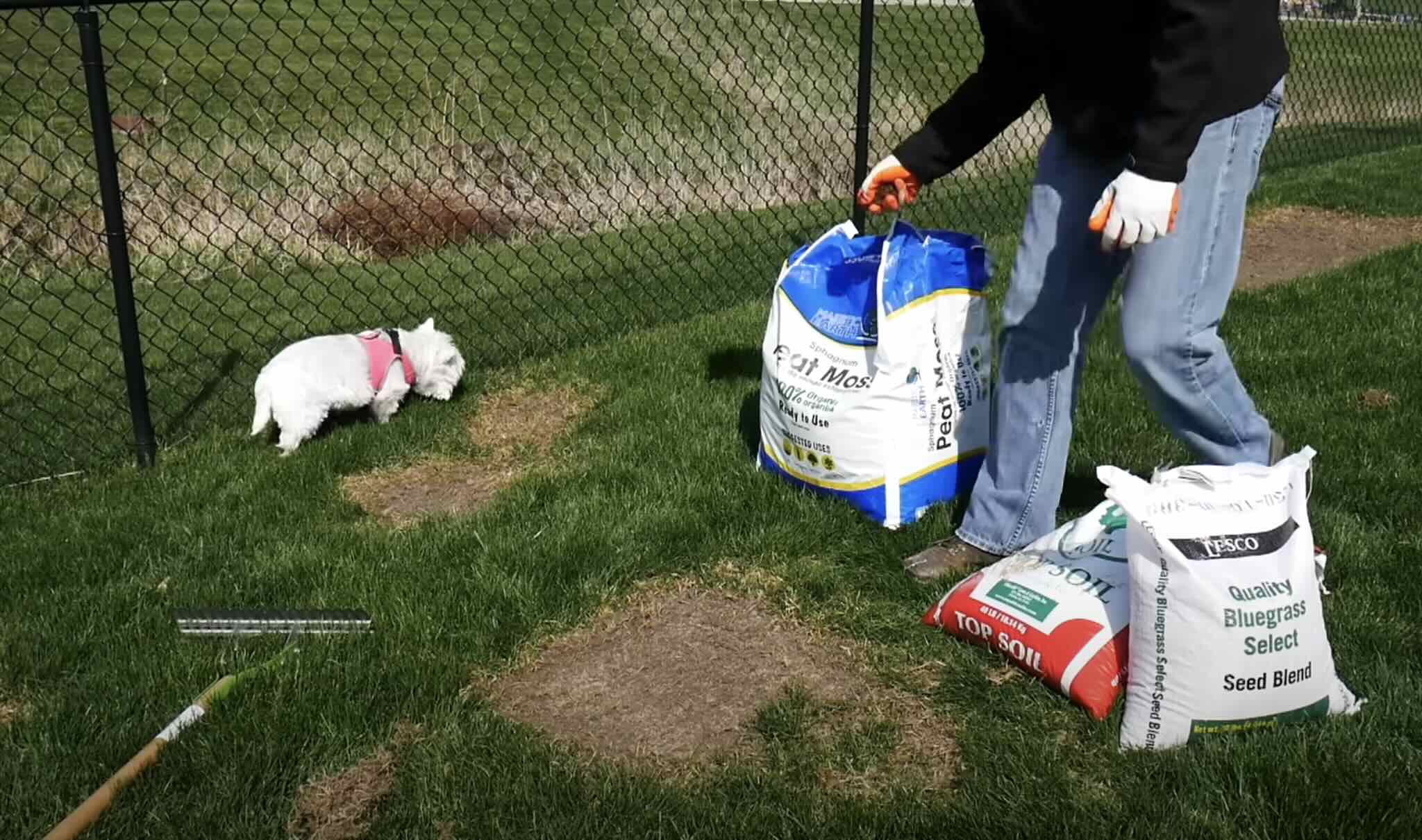
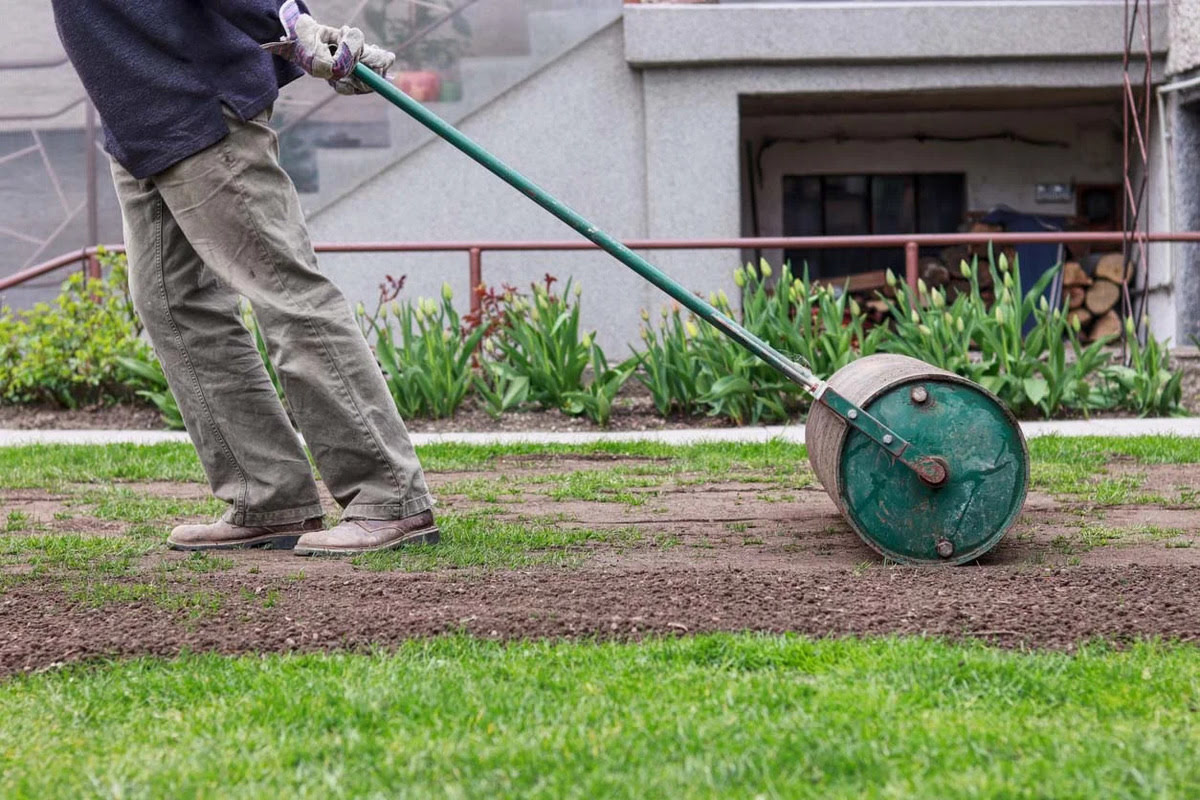

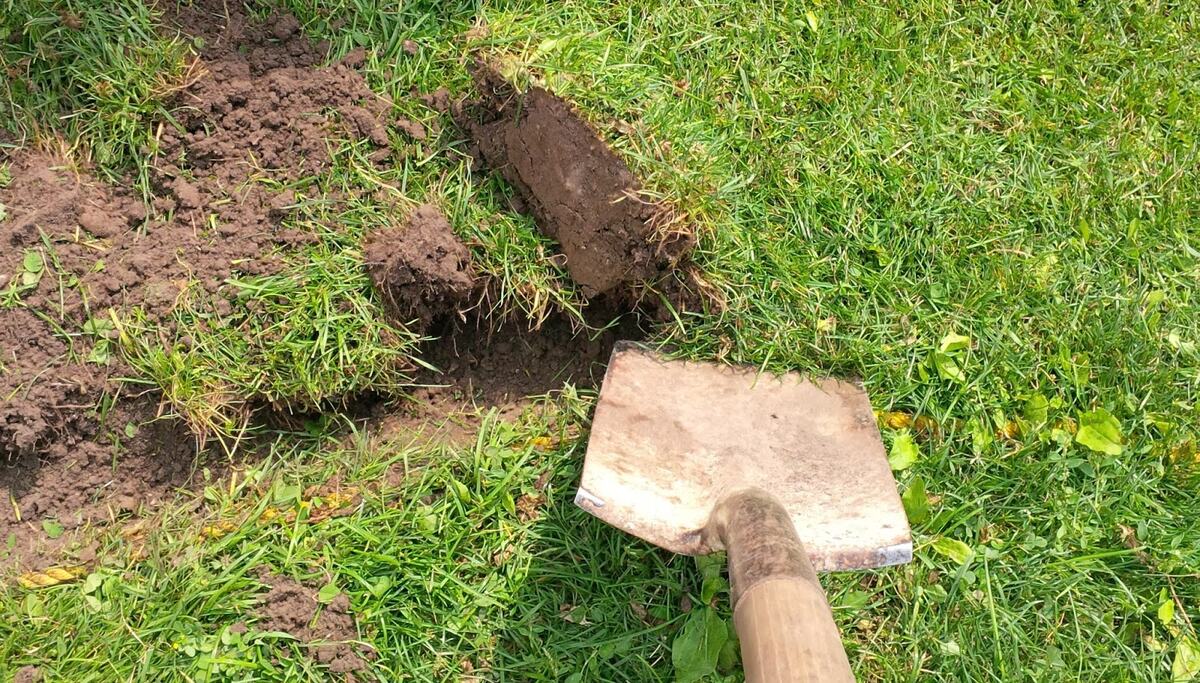
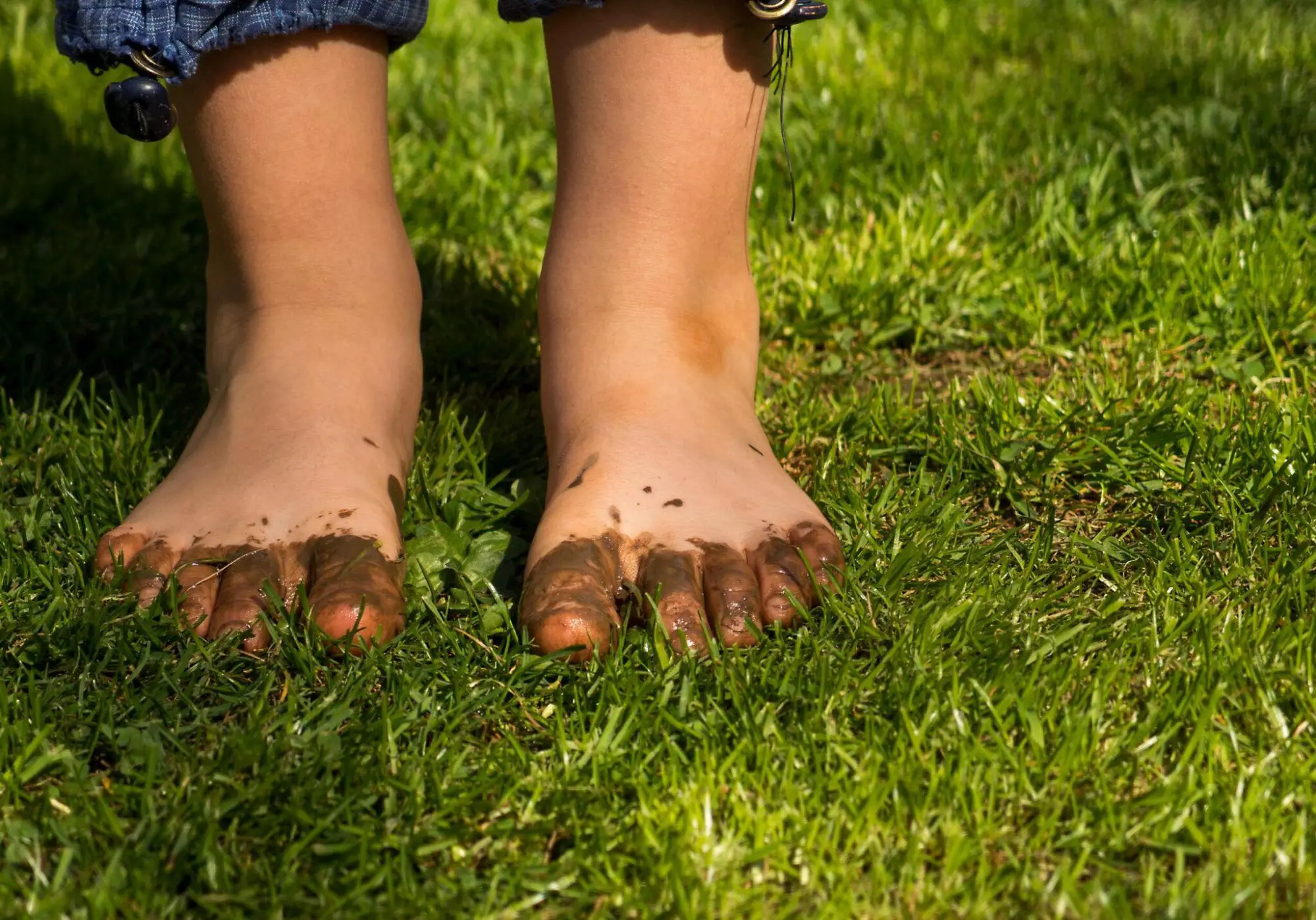
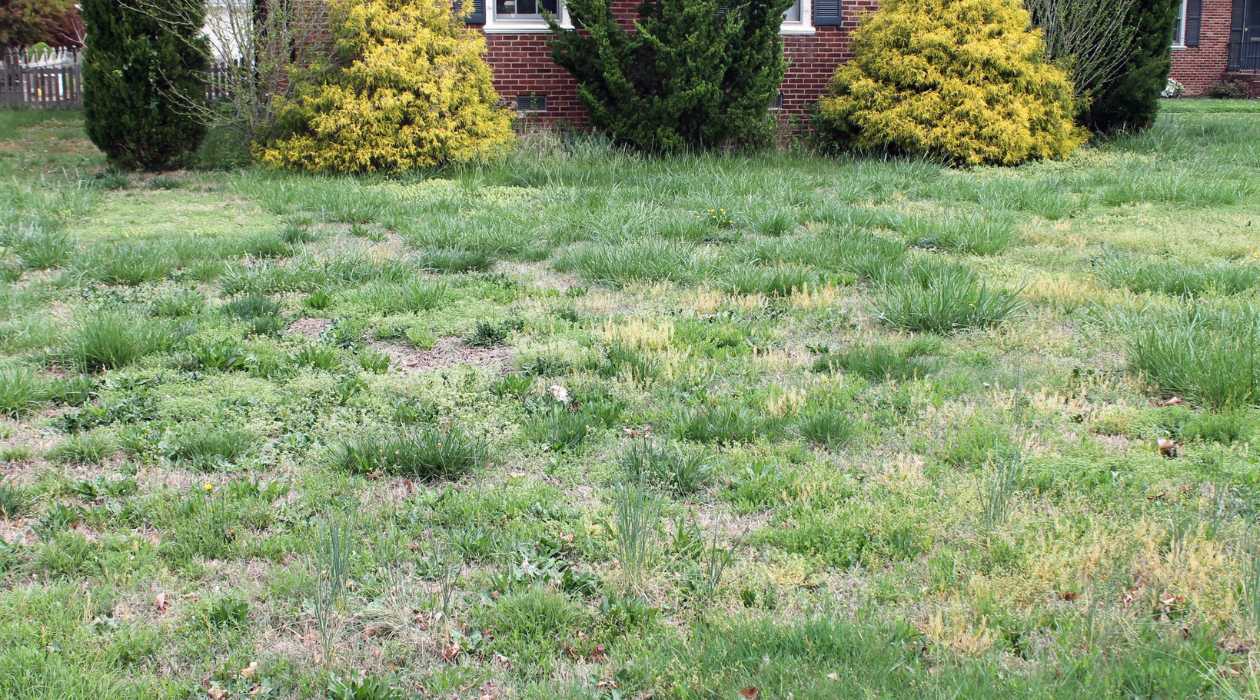

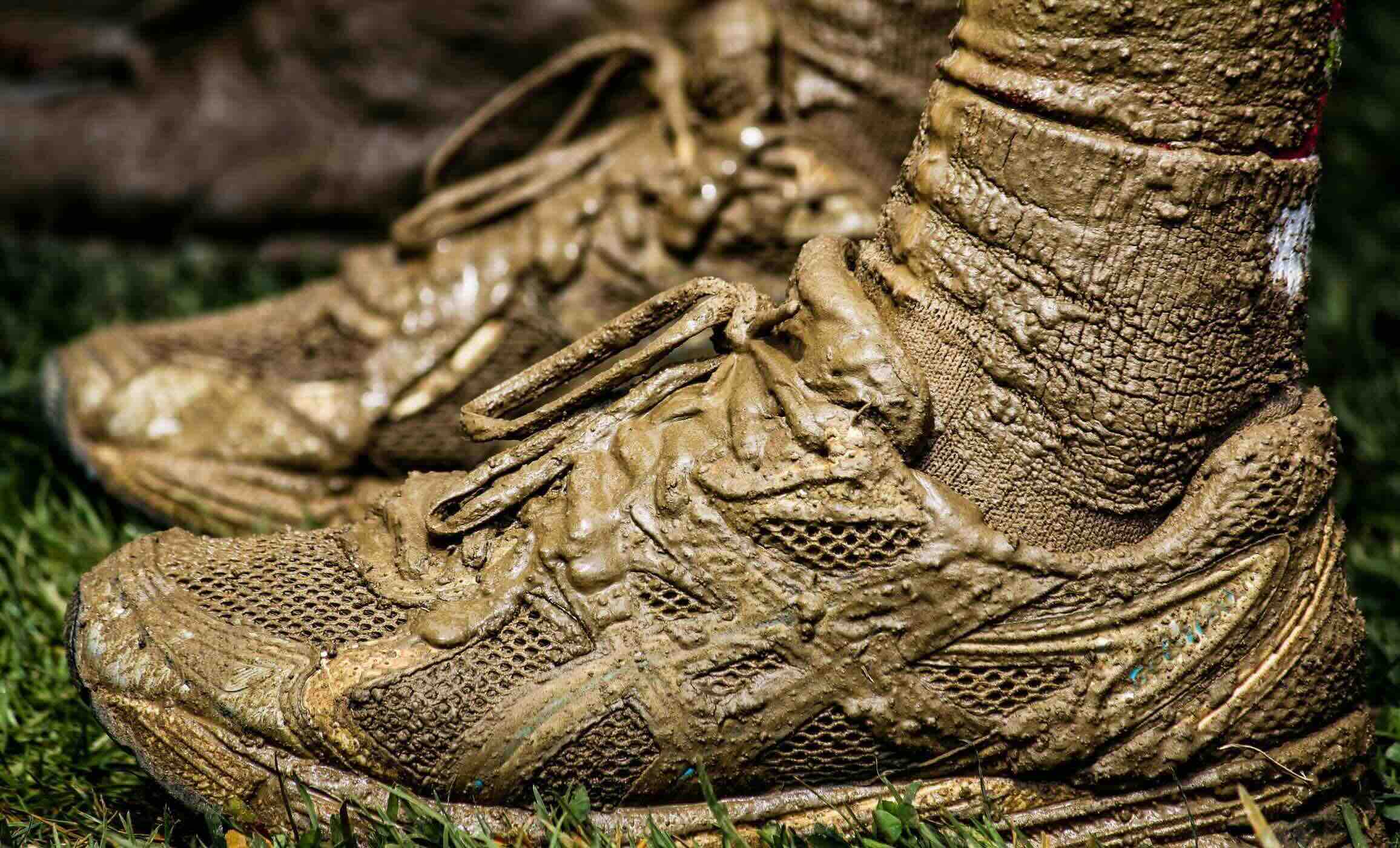

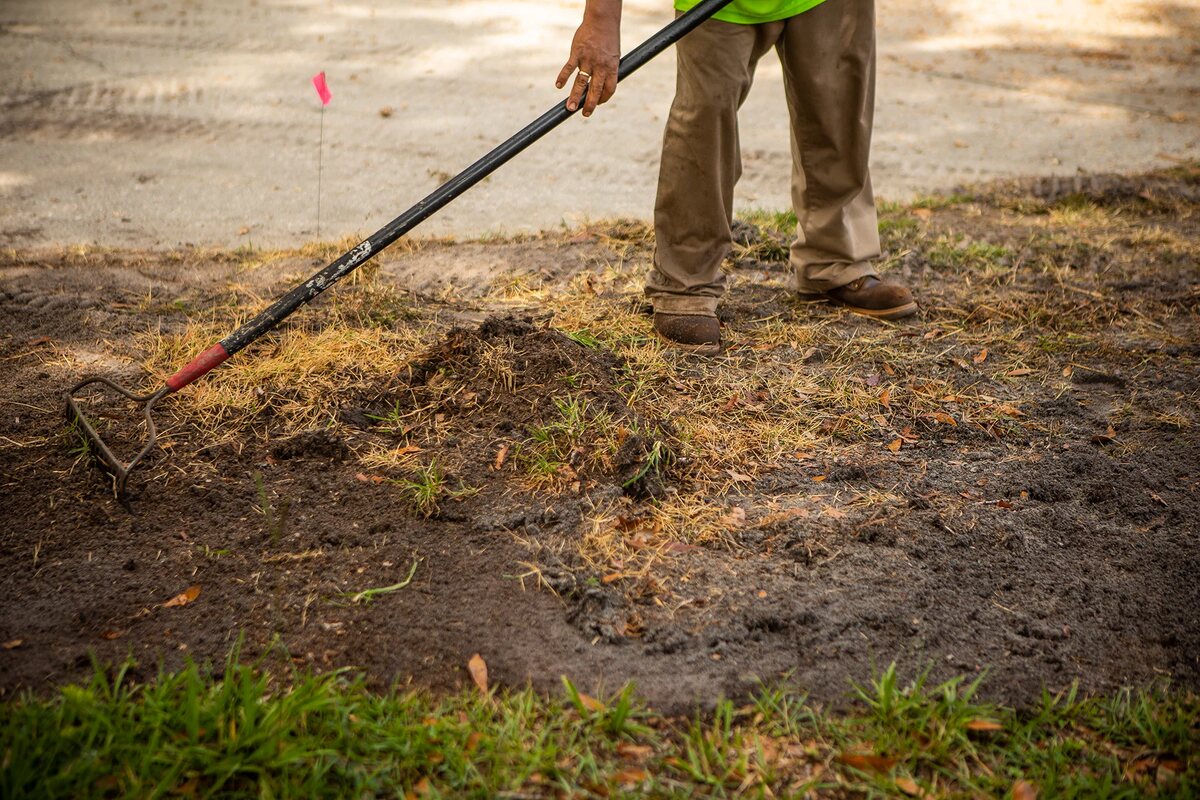
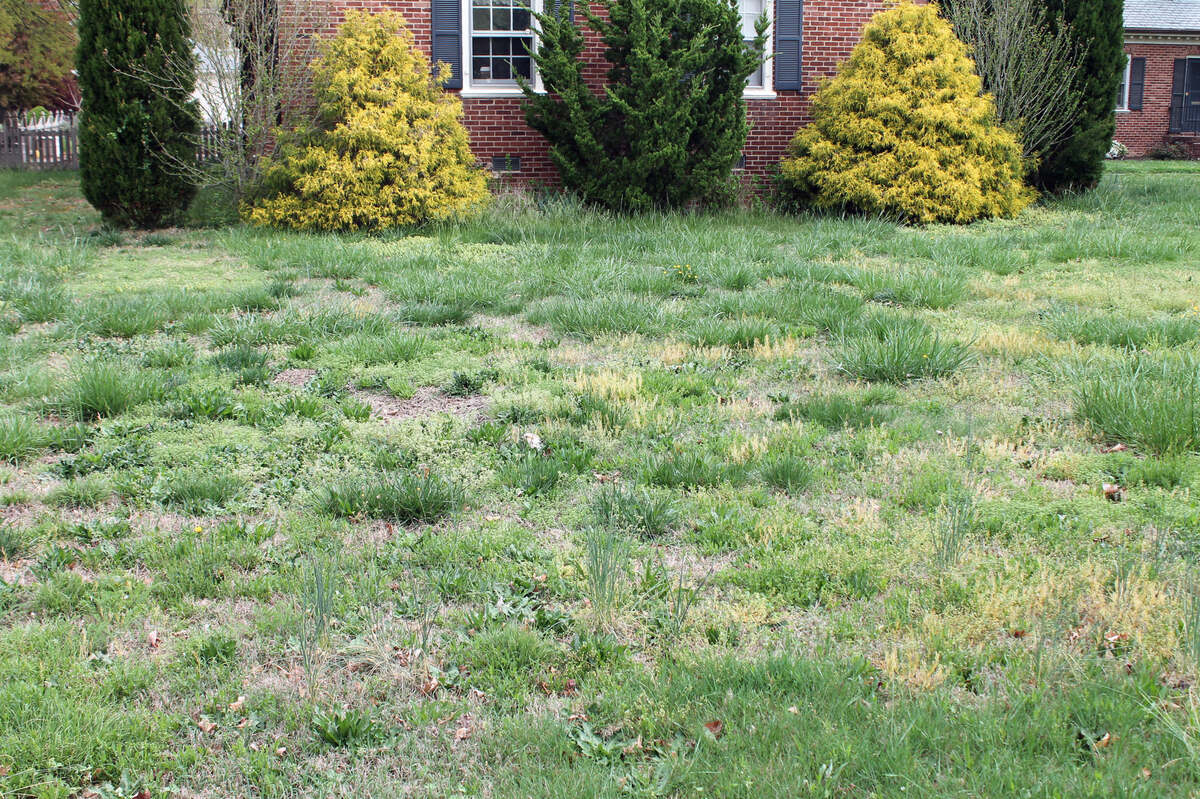
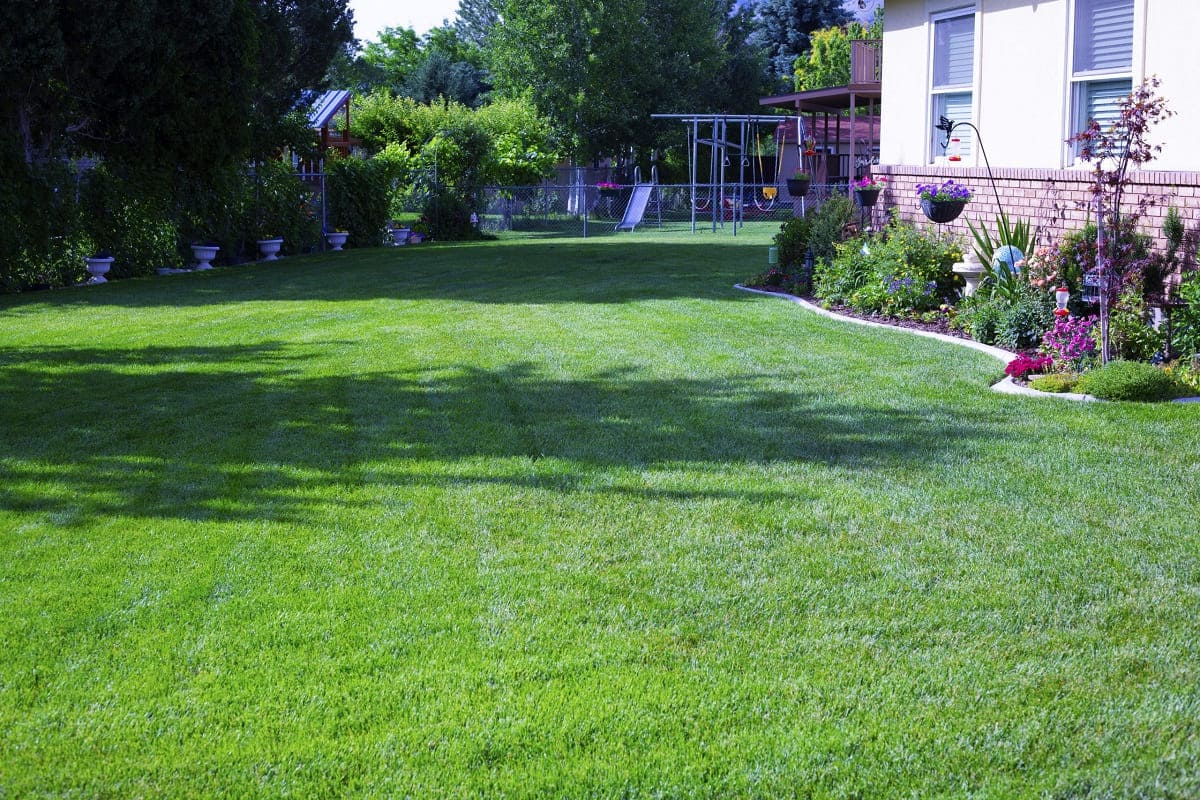

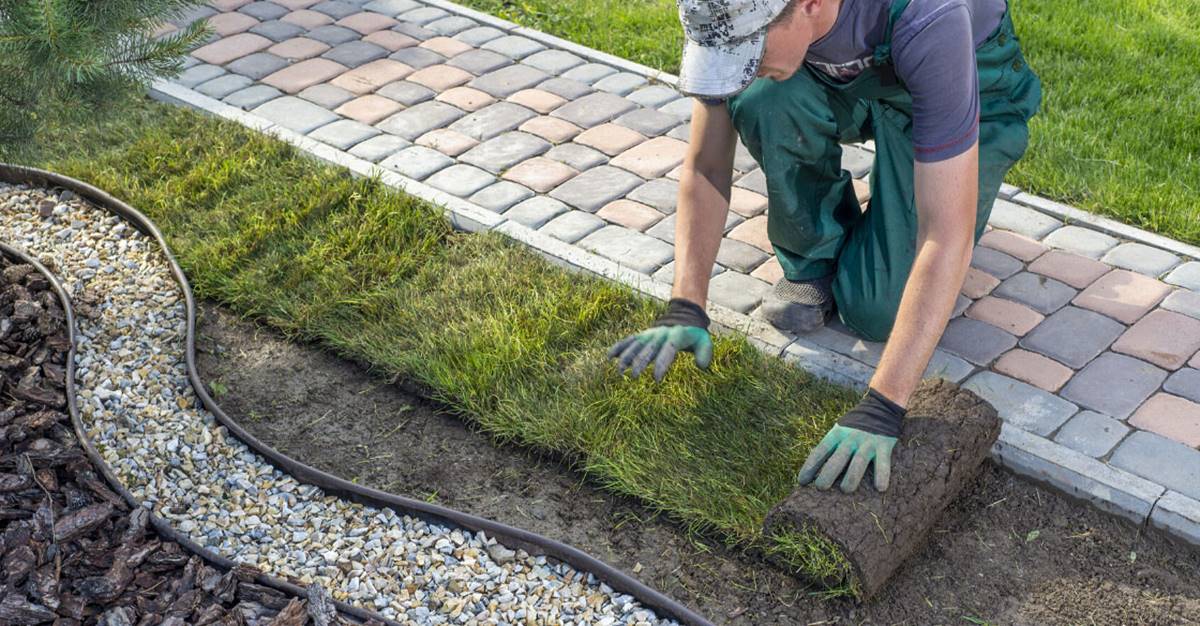
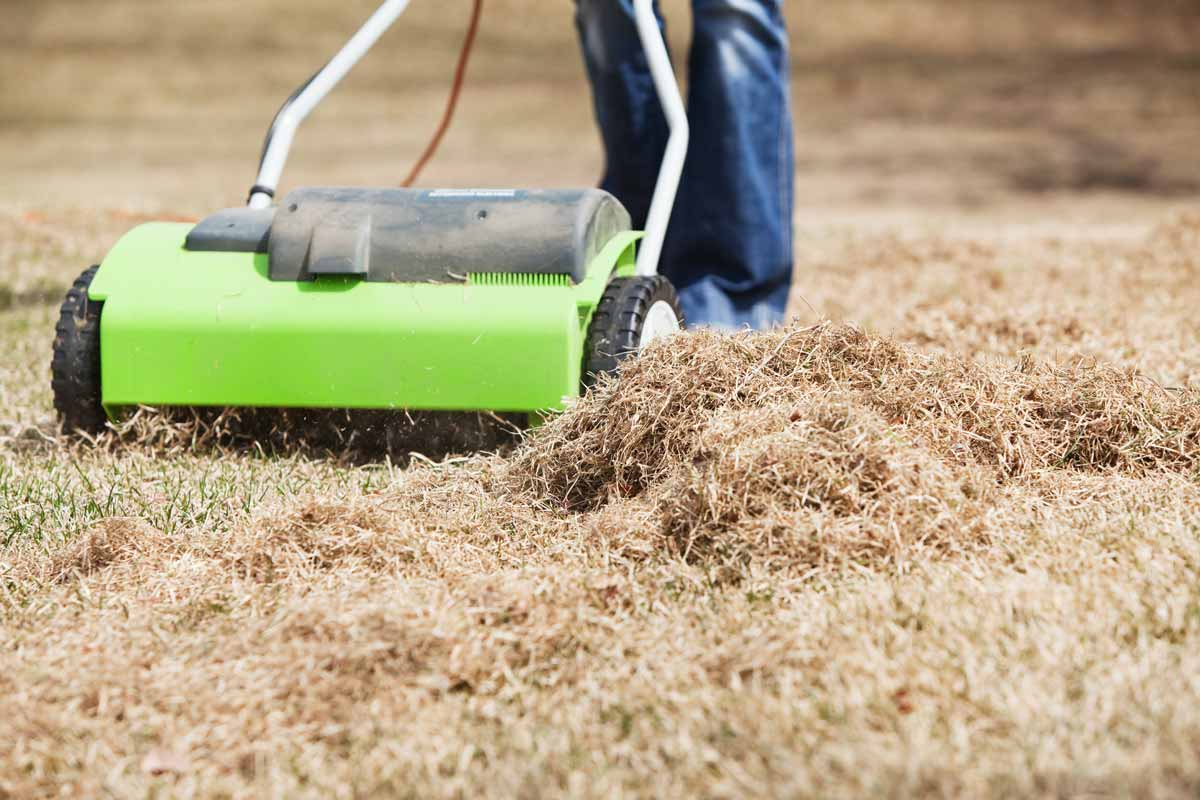

0 thoughts on “How To Get Good Grass In Yard”